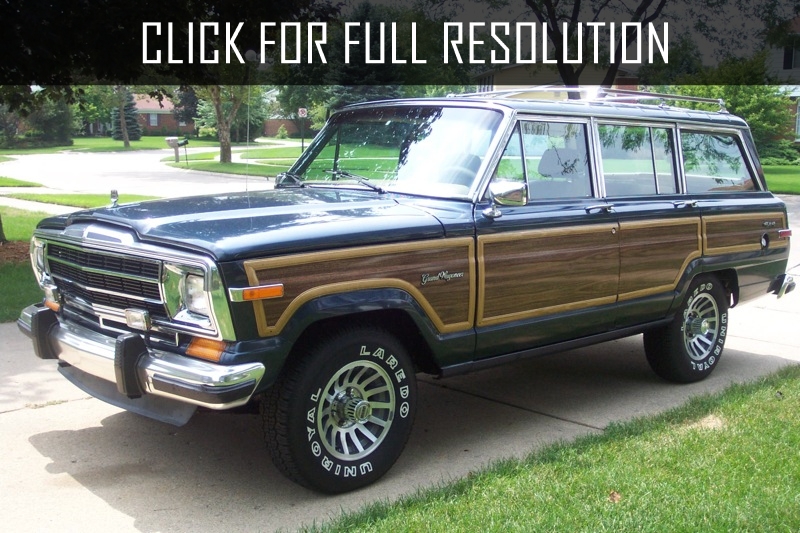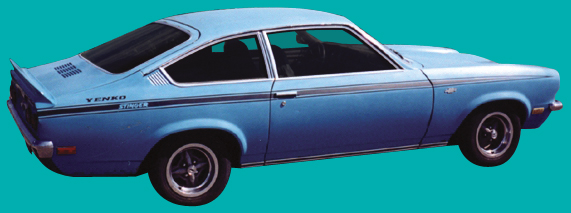

Then she left and I got a ’49 Chevy 3100 W/ 6′ bed, plenty of room for two in there, occasionally three when I had to rescue someone far from home. the across in my ’31 Ford ‘A’ Model pickup wasn’t _ever_ going to happen =8-). I remember when my Son was very young, sitting in the middle of my old ’46 Chevy between his Mother and I, it was snug to say the least but really didn’t need any more space although I lusted for more. Short beds are also very easy to parallel park in town where I guess most pickups are now sold. Ħ′ short beds and standard cabs make them pleasant to drive, even spiritedly, and a 6′ bed will carry bales of hay and fence posts, bags of cement, Contractors tools or motocycles. Now they don’t even have impressive engineers or designers, but they’re still teamed up with yet another company known for its incompetence at making cars.Īgreed, this appears to be a nice basic honest pickup truck, just what America used to love. Jeep had great designers and engineers well into Chrysler ownership, but they never had a partner committed to quality. The failure of the Comanche was disappointing, but you can’t blame anyone for buying a Toyota instead. It had a single cab though, and nobody commented on it, because all the other pickup trucks in the AGR fraternity parking lot were single cabs too.

It cost about as much as a duplex in Blacksburg, VA at the time.
JEEP COMANCHE 1970 MANUAL
My college roommate bought a new Dodge Ram Cummins 4WD, manual transmission long bed pickup with a two or three tone paint job and every option imaginable in a pickup in 1992. Extended cabs didn’t seem great, because being jammed into their jump seats with a bunch of accumulated junk wasn’t any fun. Looking back, many of the pickups my friends’ families had were extended cab, but lots of trucks owned by teenagers were not. The extended cab deficiency is a bit of a revelation, because it just didn’t seem that important at the time. These actually drove really nicely, and they performed remarkably. Just one question: Are those body side stripes squiggly on purpose, or have they started to sag? Chrysler had the Dodge Dakota, which also used the Jeep four as a base engine, and did offer an extended cab. The highest sales years for Cherokees came shortly after the Comanche was finally sent off to the reservation, after the 1992 model year. And eventually, after Chrysler bought AMC, the production lines were better put to use building more of those Cherokees. Profit margins on those Cherokees were significantly higher. By this time, Jeep dealers had moved away from the trucky Jeep lineage, as the sweet spot in the business was selling loaded Cherokee Limiteds to Mommy and Daddy. In addition to the lack of extended cab, there may have been other factors at play. But that didn’t solve the sales challenges either. Nothing else could touch it performance wise. When the new 170 hp 4.0 L six arrived in 1987, the Comanche was totally in a league of its own, a genuine sport truck. The Comanche came in two and four-wheel drive versions, and the same engine lineup as the Cherokee. Especially since it wasn’t trying to compete on ultimate low price, but more on the Jeep brand. The profitable sweet spot was with well-equipped extended-cab trucks, and the Comanche flubbed that. Sure, all the competitors in the compact truck field were still selling some bare-bones short-bed regular cab trucks. Both the Chevy S10 and the Ranger were sporting extended cabs by the time of the Comanche’s arrival. But there was no extended cab option, and by 1986, when the Comanche arrived, that was practically the kiss of death, especially so in the compact pickup field. The Comanche came in two bed lengths, six and seven feet (shown here). It’s more like what didn’t happen: an extended cab. Still, when the Comanche came out, riding on the heels of the red-hot Cherokee, it seemed set to take the compact pickup market by storm. This one took a bit more doing: the rear of the Comanche has a separate frame under the bed that ties into the unibody Cherokee front body section, called Uni-Frame. But the failure of the Comanche pickup must have been a harder pill to swallow. The fact that the XJ Wagoneer didn’t pan out as a replacement for the Grand Wagoneer was a minor issue, given that it was just a re-trimmed Cherokee.


 0 kommentar(er)
0 kommentar(er)
